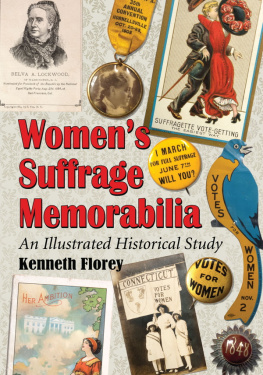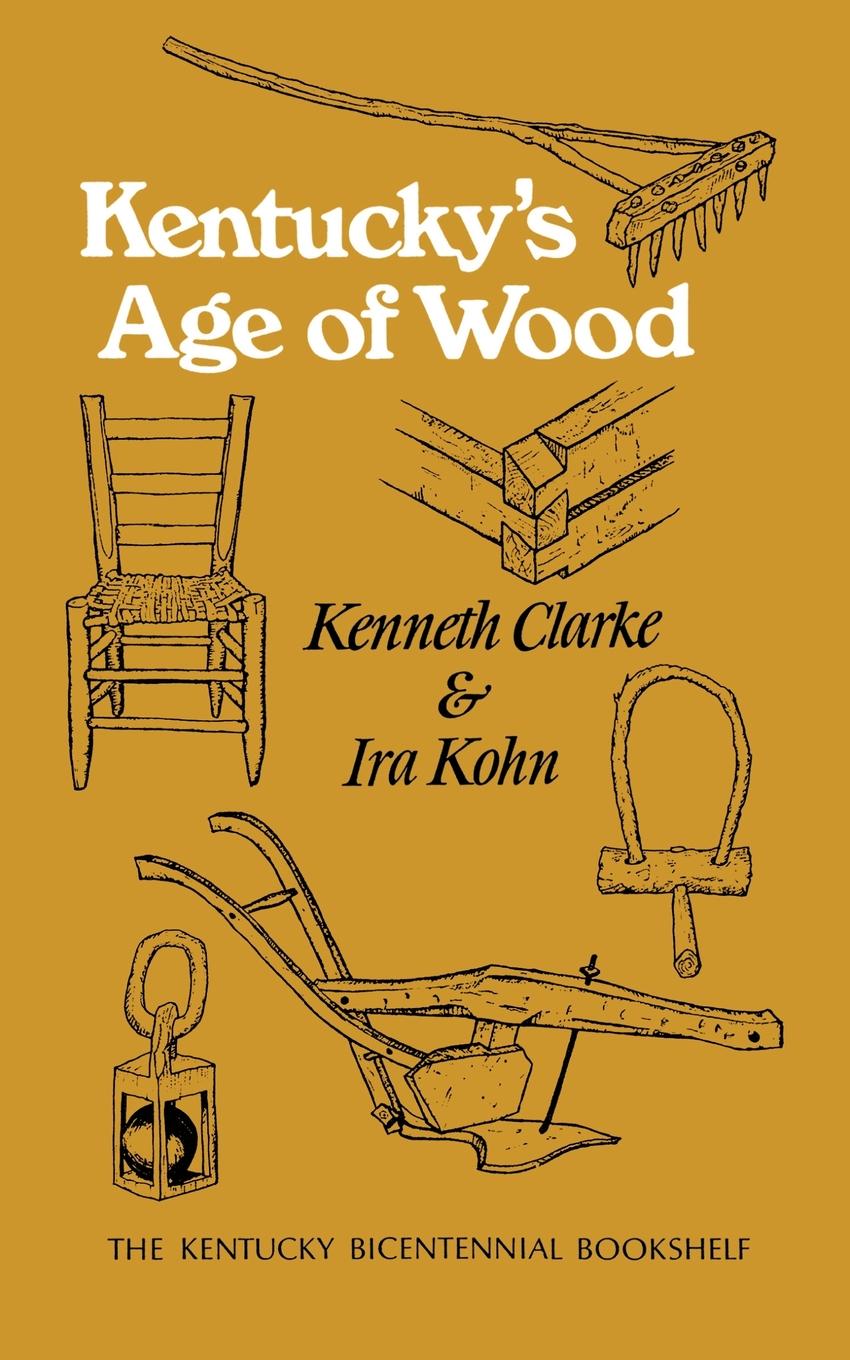The Kentucky Bicentennial Bookshelf
Sponsored by
KENTUCKY HISTORICAL EVENTS CELEBRATION COMMISSION
KENTUCKY FEDERATION OF WOMENS CLUBS
and Contributing Sponsors
AMERICAN FEDERAL SAVINGS & LOAN ASSOCIATION
ARMCO STEEL CORPORATION, ASHLAND WORKS
A. ARNOLD & SON TRANSFER & STORAGE CO., INC. / ASHLAND OIL, INC.
BAILEY MINING COMPANY, BYPRO, KENTUCKY / BEGLEY DRUG COMPANY
J. WINSTON COLEMAN, JR. / CONVENIENT INDUSTRIES OF AMERICA, INC.
IN MEMORY OF MR. AND MRS. J. SHERMAN COOPER BY THEIR CHILDREN
CORNING GLASS WORKS FOUNDATION / MRS. CLORA CORRELL
THE COURIER-JOURNAL AND THE LOUISVILLE TIMES
COVINGTON TRUST & BANKING COMPANY
MR. AND MRS. GEORGE P. CROUNSE / GEORGE E. EVANS, JR.
FARMERS BANK & CAPITAL TRUST COMPANY / FISHER-PRICE TOYS, MURRAY
MARY PAULINE FOX, M.D., IN HONOR OF CHLOE GIFFORD
MARY A. HALL, M.D., IN HONOR OF PAT LEE,
JANICE HALL & MARY ANN FAULKNER
OSCAR HORNSBY INC. / OFFICE PRODUCTS DIVISION IBM CORPORATION
JERRYS RESTAURANTS / ROBERT B. JEWELL
LEE S. JONES / KENTUCKIANA GIRL SCOUT COUNCIL
KENTUCKY BANKERS ASSOCIATION / KENTUCKY COAL ASSOCIATION, INC.
THE KENTUCKY JOCKEY CLUB, INC. / THE LEXINGTON WOMANS CLUB
LINCOLN INCOME LIFE INSURANCE COMPANY
LORILLARD A DIVISION OF LOEWS THEATRES, INC.
METROPOLITAN WOMANS CLUB OF LEXINGTON / BETTY HAGGIN MOLLOY
MUTUAL FEDERAL SAVINGS & LOAN ASSOCIATION
NATIONAL INDUSTRIES, INC. / RAND MCNALLY & COMPANY
PHILIP MORRIS, INCORPORATED / MRS. VICTOR SAMS
SHELL OIL COMPANY, LOUISVILLE
SOUTH CENTRAL BELL TELEPHONE COMPANY
SOUTHERN BELLE DAIRY CO. INC.
STANDARD OIL COMPANY (KENTUCKY)
STANDARD PRINTING CO., H. M. KESSLER, PRESIDENT
STATE BANK & TRUST COMPANY, RICHMOND
THOMAS INDUSTRIES INC. / TIP TOP COAL CO., INC.
MARY L. WISS, M.D. / YOUNGER WOMANS CLUB OF ST. MATTHEWS
Kentuckys
Age of Wood

KENNETH CLARKE
and
IRA KOHN

Research for The Kentucky Bicentennial Bookshelf is assisted by a grant from the National Endowment for the Humanities. Views expressed in the Bookshelf do not necessarily represent those of the Endowment.
Copyright 1976 by The University Press of Kentucky
Paperback edition 2009
The University Press of Kentucky
Scholarly publisher for the Commonwealth, serving Bellarmine University, Berea College, Centre College of Kentucky, Eastern Kentucky University, The Filson Historical Society, Georgetown College, Kentucky Historical Society, Kentucky State University, Morehead State University, Murray State University, Northern Kentucky University, Transylvania University, University of Kentucky, University of Louisville, and Western Kentucky University
All rights reserved.
Editorial and Sales Offices: The University Press of Kentucky
663 South Limestone Street, Lexington, Kentucky 40508-4008
www.kentuckypress.com
Cataloging-in-Publication Data is available from the Library of Congress.
ISBN 978-0-8131-9316-8 (pbk: acid-free paper)
This book is printed on acid-free recycled paper meeting the requirements of the American National Standard for Permanence in Paper for Printed Library Materials.

Manufactured in the United States of America.

| Member of the Association of
American University Presses |
Contents

BITS OF HISTORY
IN A SMALL COUNTRY STORE in Western Kentucky an observant customer can see a remarkably simple butchers block. It now serves as a work or storage surface behind a meat display case that contains only packaged meat and dairy products. The butchers block is a reminder of some earlier time when the store provided more services than it does now. It is also a reminder of Kentucky forests and forest products of the past. The block is simply a section of a sycamore tree trunk, supported by iron pipes driven into the bottom side for legs. More than three feet in diameter and a foot thick, the massive cylinder of solid, close-grained wood is impressive. Inquiry reveals that this and similar blocks were cut from a newly felled sycamore in Butler County only twenty years before Kentuckys bicentennial. The owner doesnt know where to find a tree of that size and symmetry now, though he recalls that there were many big trees still standing when he was younger. A bystander remarks that elm should make a good butchers block because it is so resistant to splitting.
Just a few miles from the country store a schoolboy comes up from an arrowhead hunt along the banks of the Barren River. He is carrying two sets of rusty chain dogs, each set consisting of two small iron wedges about six inches long joined by six links of chain. The boy explains that he pried them out of logs exposed by low water. The logs buried in riverbottom mud are part of a long-lost raft. An old-timer remarks that the raft probably had lots of sinkers in it. Possibly it broke up in a storm or floodwaters and sank to the bottom before it could be located and recovered. It remains as a curiosity, the tops of the logs barely visible when the water level is abnormally low. A knowledgeable veteran of the woods suggests that some of the logs buried in the mud would deteriorate very little. If salvaged, the sunken raft might contain some marketable timber. The boy freely gives a set of chain dogs to a neighbor who wants them for a keepsake. There are more to be had for the taking. He is not unduly impressed by his find, for he lives surrounded by similar reminders of a way of life partly conditioned by a forest environment. Every day as he does his chores he passes an unused double-pen log house hand fashioned by his forebears. A neighbors spacious barn conceals at its center the old log crib barn, complete with threshing floor, that first served the farmstead. Though the threshing floor is no longer used, the ancient log compartment is still a functional part of the larger structure built around and over it.
All over the state of Kentucky one encounters these homely reminders of a time when products of the great forests were more accessible than products of the foundry and factory, a time when every man knew the value of a well sharpened ax, and most men could identify the species of a tree practically as far away as they could distinguish it in the forest.
This is an account of some of the ordinary objects and tools associated with the great age of wood in Kentucky. It will for the most part omit reference to professional or journeyman work of architects, artists, and furniture makersthose whose careers are devoted to special skills and products. It will sample the traditional uses of wood by ordinary people who did not have professional training. The exceptional expression, be it a house or a song, is idiosyncratic. It calls attention to itself and its maker. Although the humble, anonymous, everyday objects are thrown into shadow by the exceptional, those humble objects may be truer reflections of the history of all Kentuckys people than the well preserved, much advertised landmark.















